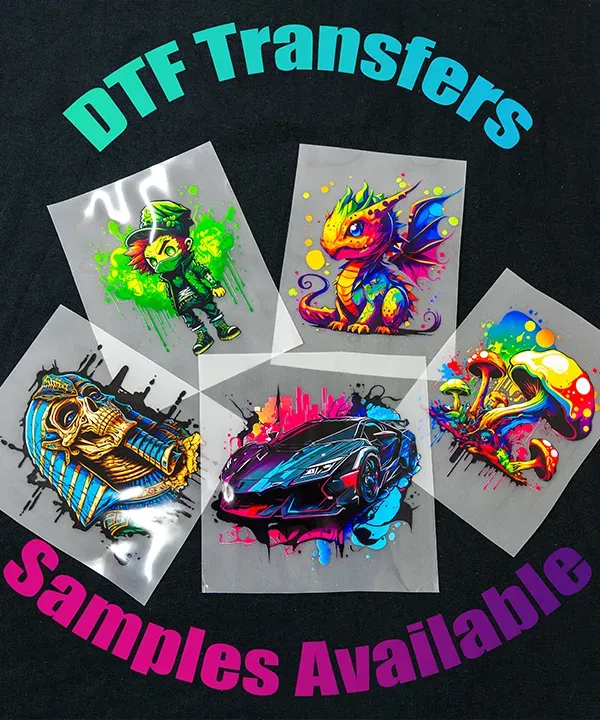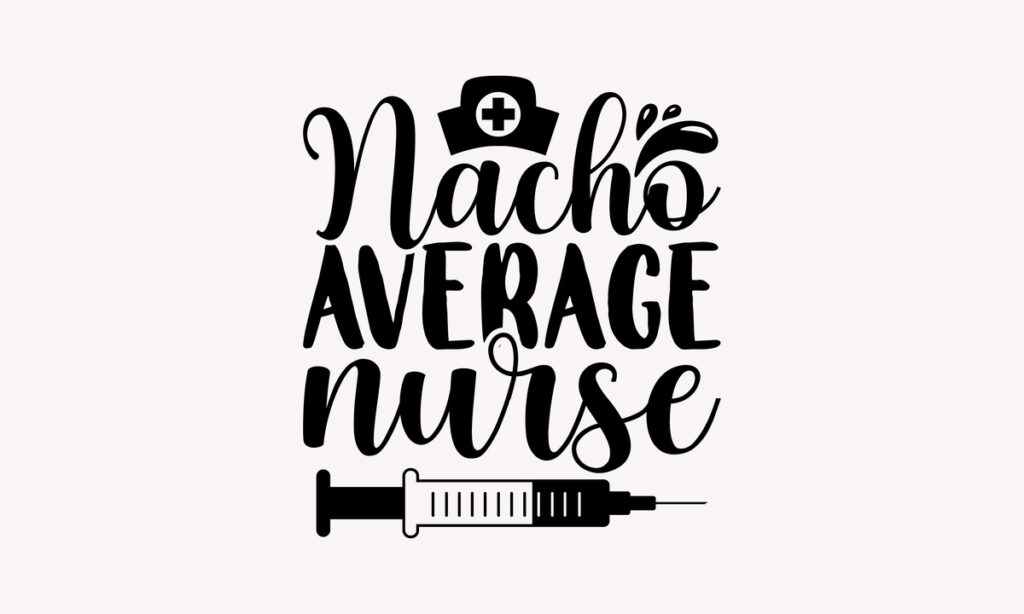DTF transfers, or Direct to Film transfers, have emerged as a transformative technique in the realm of custom apparel and garment decoration. This innovative process involves printing high-quality designs onto a specialized film, enabling vibrant colors and intricate details that cater to diverse fabric types. The popularity of DTF transfer techniques can be attributed to their versatility, making them suitable for both large-scale production and personalized applications. In this guide, we will explore essential tips, advanced techniques, and invaluable tricks that will help elevate your DTF transfer projects to new heights. Whether you’re a seasoned professional or just starting, understanding the nuances of DTF will ensure your designs achieve exceptional print quality and longevity.
Direct to Film printing, often referred to as DTF, is revolutionizing the printing industry by enhancing the way designs are transferred onto fabrics. Known for its impressive adaptability, this method allows for the creation of custom graphics that suit various garment types, from t-shirts to hoodies. With DTF, users benefit from advanced transfer techniques that provide not only stunning print quality but also durability over time. The allure of this technology lies in its ability to produce detailed and colorful designs that remain vibrant through numerous washes and wears. This guide will navigate through the intricate world of film-based printing, focusing on techniques and tips essential for mastering garment decoration.
The Science Behind DTF Transfers
DTF (Direct to Film) transfers utilize a sophisticated approach to garment decoration that combines the art of design with the science of printing technology. The process involves layering water-based ink onto a specially designed PET film, which is subsequently treated with a powder adhesive. When heat is applied during the transfer process, the ink adheres to the fabric, creating a vibrant and durable design. This technique stands in stark contrast to traditional methods such as screen printing, where pigments are mixed and applied in a more labor-intensive manner.
What sets DTF apart is its capacity to produce stunning print quality, capturing intricate details and vibrant colors that stand the test of time. The versatility of DTF transfers allows for use on a wide range of materials—whether you’re working with natural fabrics like cotton or synthetic blends like polyester. This scientific innovation bridges the gap between aesthetic appeal and practical application, offering artists, designers, and manufacturers a powerful tool for custom apparel.
Essential Techniques for Successful DTF Printing
Mastering DTF printing hinges on understanding key techniques that impact the final output. First and foremost, the pre-treatment of fabrics cannot be overlooked; this vital step enhances ink adhesion and durability. By selecting appropriate pre-treatments tailored to specific fabric types, you drastically improve the likelihood of achieving a flawless transfer. Whether your project calls for bold, graphic designs or subtle nuances in tone, pre-treatment lays the foundation for success.
Additionally, the interplay between heat press settings and fabric type is crucial. Each material reacts differently to temperature and pressure, and those working with DTF transfers must experiment to find the perfect balance. For example, thicker fabrics like fleece may require more heat, while lightweight polyester might need a gentler touch. By refining these techniques, you not only enhance the print quality but also streamline your workflow, ultimately leading to higher customer satisfaction.
Choosing the Right Equipment for DTF Printing
Selecting the appropriate equipment is critical in ensuring the success of your DTF printing endeavors. The market is brimming with advanced DTF printers designed to produce high volumes while maintaining superior print quality. Brands like Epson and Roland have pioneered innovations in DTF technology, offering machines that combine speed and precision. These printers utilize specialized inks and innovative systems that reduce maintenance and improve consistency in print quality.
Moreover, investing in a high-quality heat press can make all the difference. Not all heat presses are created equal; features such as precise temperature control, adjustable pressure settings, and even heating surface can significantly influence the outcome of your transfers. By choosing the right combination of equipment, you can elevate your DTF printing game and ensure that each design is executed with meticulous craftsmanship.
The Impact of Software on DTF Creating Process
Utilizing the right software can greatly enhance the DTF printing workflow, providing tools that facilitate design and streamline the printing process. Programs like Adobe Illustrator and specialized DTF software have integrated advanced features that allow artists to manipulate their designs with impressive flexibility. The ability to create layers, detailed vector graphics, and color separations directly impacts the final transfer quality, assisting creators in achieving the intricate designs that DTF printing can offer.
Furthermore, these software advancements promote efficiency in the printing process. Smart plugins can automate certain steps, helping to minimize human error and optimize print settings based on fabric choices. By embracing these technological solutions, you can improve both your productivity and the quality of your custom apparel, aligning your creations with market demands while keeping the artistic vision intact.
Best Practices for Maintaining Print Quality
To preserve the vibrancy and integrity of DTF transfers, adherence to best care practices is crucial. For clients who purchase custom apparel, providing clear guidelines for washing and maintenance ensures that the prints remain bright and long-lasting. It is generally advised that garments be washed inside out in cold water and that bleaches or aggressive detergents be avoided. Educating consumers not only enhances their satisfaction but also fosters brand loyalty.
In addition, using proper storage techniques for DTF prints before application can safeguard against damage. Avoiding exposure to excessive moisture or extreme temperatures can help in maintaining the quality and reliability of your transfers. By prioritizing these practices, you not only extend the lifespan of your creations but also establish a reputation for producing high-quality, durable apparel.
Embracing Eco-Friendly Innovations in DTF Printing
The shift towards eco-friendly practices in DTF printing is gaining momentum, with many manufacturers recognizing the importance of sustainability. By opting for environmentally responsible inks and films, producers can dramatically decrease the ecological impact associated with traditional printing methods. Eco-friendly options not only cater to environmentally conscious consumers but also provide a competitive edge in the custom apparel market.
Investing in sustainable materials is more than just a trend; it reflects a commitment to ethical production. Brands that prioritize eco-friendliness in their processes are increasingly preferred by consumers seeking responsible fashion choices. By embracing innovations that support ecological sustainability, DTF printers can enhance their brand image while contributing positively to the environment.
Frequently Asked Questions
What are DTF transfers and how do they relate to custom apparel?
DTF transfers, or Direct to Film transfers, involve printing designs onto a special film that can be applied to various fabrics using a heat press. This technique is integral to custom apparel as it allows for high-quality, vibrant prints that can be used on garments made of different materials like cotton and polyester.
What are the benefits of using DTF transfer techniques for garment decoration?
The benefits of DTF transfer techniques include superior print quality with vivid colors, versatility across a range of fabrics, and improved production efficiency. This method enhances the durability of designs, making it an excellent choice for garment decoration.
How do I ensure high print quality when using DTF transfers?
To ensure high print quality with DTF transfers, it’s crucial to select compatible films and inks, experiment with heat press settings, and properly pre-treat fabrics. Additionally, following care instructions post-transfer can maintain the vibrancy of your printed designs.
What equipment do I need for successful DTF printing?
Successful DTF printing requires specialized printers that cater to Direct to Film printing, heat press equipment, and compatible DTF inks and films. Investing in high-quality machinery like those from Epson or Roland can significantly enhance your print quality and efficiency.
Are there eco-friendly options available for DTF transfers?
Yes, many DTF producers now offer eco-friendly inks and films. These sustainable options reduce the environmental impact of the printing process while appealing to consumers who prioritize eco-conscious products, making them a smart choice in modern garment decoration.
What resources can help me master DTF transfer techniques?
To master DTF transfer techniques, consider utilizing YouTube tutorials for visual demonstrations, joining online forums for community insights, and following industry blogs like Printwear for the latest tips and trends in DTF printing.
| Key Points | Details |
|---|---|
| Introduction to DTF Transfers | DTF transfers involve printing designs on special film, ideal for custom apparel. |
| Process Overview | Involves printing on PET film using water-based inks, which is then applied to textiles. |
| Advantages | Offers quality prints, versatility across materials, and efficient production. |
| Recent Developments | Includes pre-treatment methods, advanced heat pressing, equipment innovation, software enhancements, and eco-friendly practices. |
| Practical Tips | Selecting the right materials, post-transfer care, and testing before full production. |
| Resources | YouTube tutorials, blogging communities, and online forums offer support and knowledge. |
Summary
DTF transfers have rapidly emerged as a transformative technique in the custom apparel sector, providing a blend of quality, versatility, and efficiency. By understanding the intricate process of Direct to Film transfers, users can harness innovative methods that improve durability and color vibrancy in their projects. This comprehensive guide not only sheds light on the advantages but also highlights practical tips and resources to elevate your printing journey. Embracing DTF transfers allows creators to explore endless design possibilities while maintaining high professional standards.



